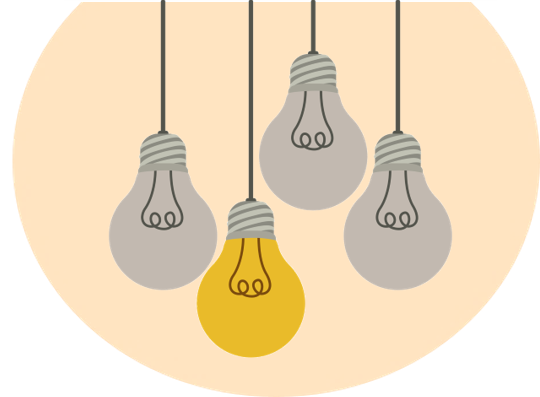Every week, we shine a light on a Springboard to Active Schools trainer who is making a difference in their community and state. These blogs highlight trainings that the trainers have conducted on implementing a Comprehensive School Physical Activity Program (CSPAP), training insights and tips, and fun facts.
 We met with Kim Hunt, a K-5 physical education teacher for Teton County School District in Wyoming, to learn more about her training experience.
We met with Kim Hunt, a K-5 physical education teacher for Teton County School District in Wyoming, to learn more about her training experience.

- Share a brief overview of one of your Springboard to CSPAP Implementation trainings.
What: Increasing student focus with movement
Who: Educators
Where: District conference - Who were the key partners you worked with to make this training happen?
I met with my Superintendent and also engaged a PE teacher from my master’s program to co-present with me, so I wouldn’t have to do this training by myself.
- What superpower did each partner bring to the table?
My superintendent is an advocate for physical activity and brought her excitement. We met and did a walk-and-talk for an hour, and she got super excited about the possibility of making our district a leader in movement. My fellow PE teacher took a risk helping me with this, because we both get nervous in front of peers.
- Did you learn anything new about your partners through this process? If so, what did you learn?
I learned that they are human beings, just like me. Everybody really wants what’s best for kids, and we know that physical activity is best. I also learned that if you can do something that doesn’t cost money, it’s going to happen.
- What are three words to describe your audience before the training began?
Apprehensive, skeptical, open-minded.
- What are three words to describe your audience at the conclusion of the training?
Happy, thankful, and had a deeper understanding.
- What is one way you got the participants to be physically active?
We started off with a walk-and-talk, did a Go Noodle brain break, played Rock-Paper-Scissors, and did the Over/Under activity. We also did an activity called “Think and Move.” For this activity, you start by getting everyone to stand up. Then you say, “when I say walk, I want you to walk, and stop when I say stop.” Or “when I say tap your head, tap your head; when I say jump, jump.” You can add more movements and change it up so when I say “stop” they have to walk. It helps get kids (and adults) on task because they have to listen and think since the directions can get so complicated.
- What part of the training are you most proud of?
I’m most proud of the shift in their understanding of brain breaks and how easy everyone thought it was at the end of the training.
- What part of the training was the most challenging?
I did two back-to-back trainings, and the feel in the room was so different for each training. One group was more talkative from the get-go; I could get them to respond and engage. I had to pry stuff out of the other group; it was challenging.
- What is one thing that surprised you at your training?
As a trainer, you need to try to get the perspective of a teacher. Go to a school to observe. See for yourself how busy teachers are and how hard it can be to try to add something new. Give teachers the recognition of how hard it is to be a teacher.


